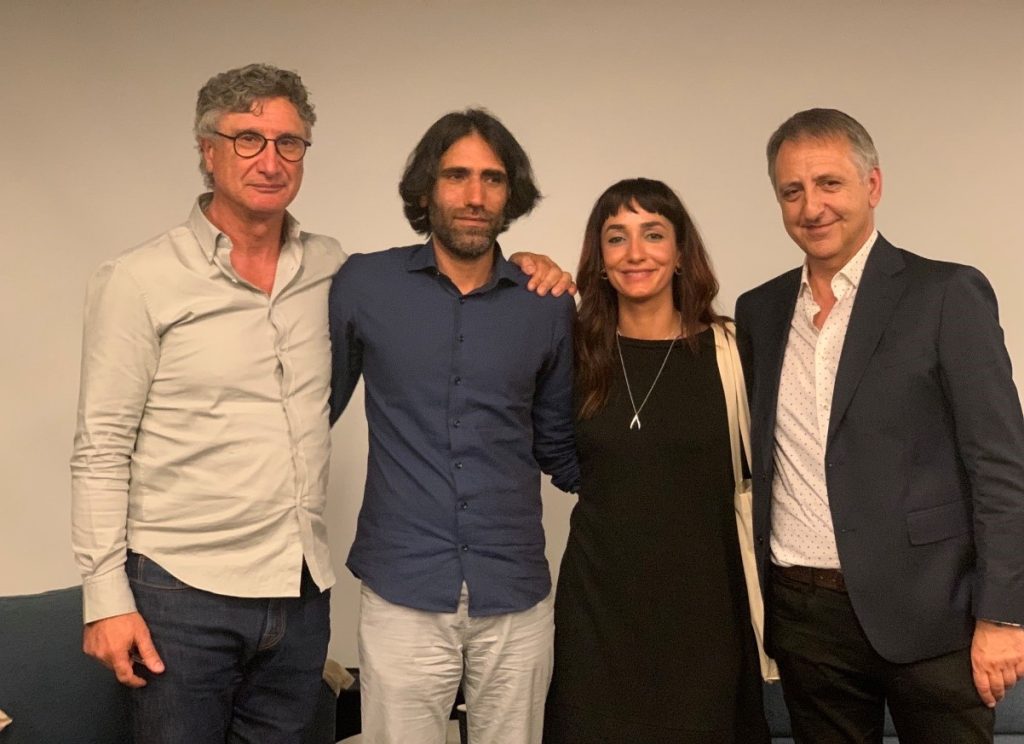Tickets were sparse for last night’s annual John Berger lecture, as a diverse cast of Melbournian’s flocked to the Greek Centre to see this year’s guest speakers, Behrouz Boochani and Hoda Afshar.
In an initiative that was launched last year by the Greek Community of Melbourne (GCM), the annual lecture celebrates the writing, philosophy, and work of English art critic John Berger.
The evening was especially noteworthy as the last time the GCM hosted Boochani, he was still imprisoned in one of Australia’s offshore migrant detention centres.
Therefore, coming to the Greek Centre to see Boochani for his first in person event in Australia was a significant occasion for all, as only three years ago it was stated that Boochani would never set foot on Australian soil.
The evening opened by GCM Vice-President, Dr Jim Bossinakis, who stated that: “the aim of this lecture is to use art and/or the arts to re-orientate our thinking on a broad range of issues.”

Bossinakis explained that Boochani and Afshar embody this statement as both artists enrapture the broader community and inspire deeper thought through their multiple artistic mediums.
This idea was further discussed by the evening’s moderator, Nikos Papastergiadis, the Director of the Research Unit in Public Cultures and Professor in the School of Culture and Communication at Melbourne University.
Papastergiadis talked on John Berger’s legacy and how important it was “not to monumentalise him,” but rather to “use John Berger as a platform” to discuss critical ideas
Through their discussions, Papastergiadis, Boochani and Afshar discussed the years Boochani spent in Manus Prison and how through artistic mediums such as poetry, writing and song, Boochani was able to develop a channel to combat the large structure of institutionalised violence and misery he endured.
Their thoughts and discussions were also accompanied by the work of Afshar, an award-winning Iranian documentary photographer based in Melbourne. Afshar visited Boochani on Manus Island in 2018 and through film and photography, she documented Boochani’s experience there.

